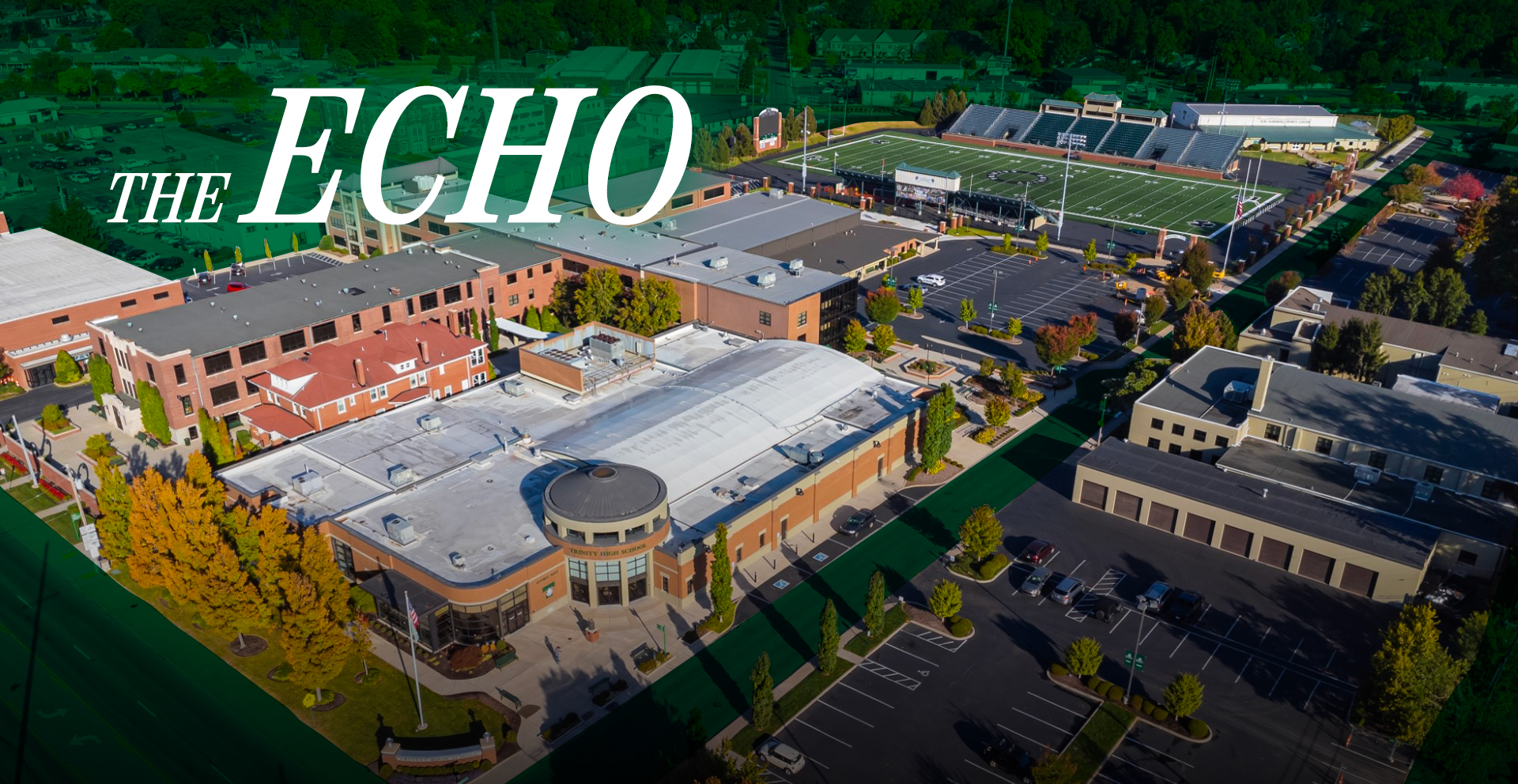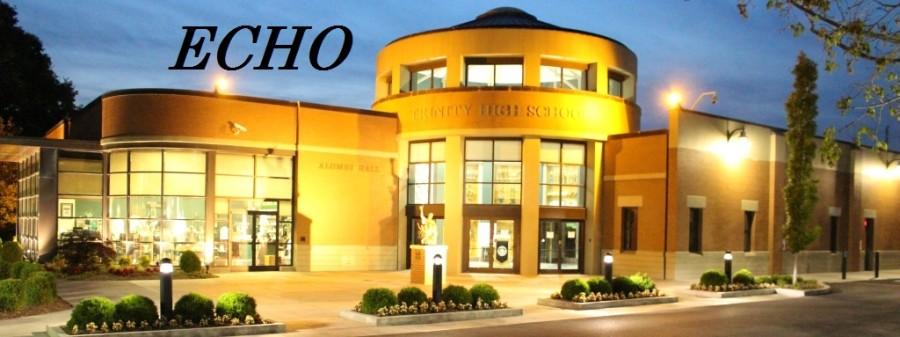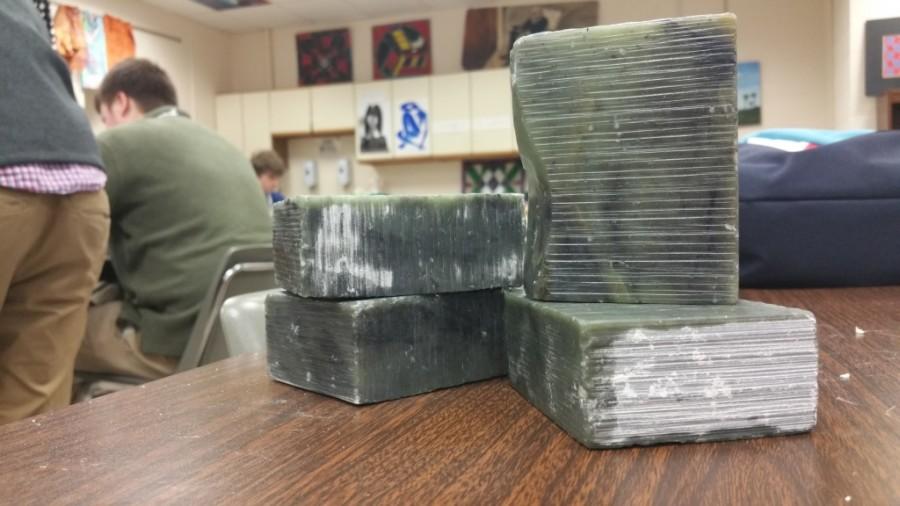Addition by Subtraction as Trinity Art Department Moves Into New Medium
March 12, 2015
“Every block of stone has a statue inside it and it is the task of the sculptor to discover it.” Michelangelo’s words now apply to the newest medium utilized by Trinity teacher Ms. Carole Baker’s Art III students.
For years, Trinity has offered its art students the training to work in clay sculpting, but now, students have the opportunity to work with an entirely new type of sculpture: stone carving.
“To be given the tools and the opportunity to work on something like this at school is really special,” senior Patrick Fulton said.
Baker, head of the Art Department, said the idea to offer the new medium came last spring.
She said, “A current student and I took a stone carving class held by Bob Lockhart, a well-known Louisville sculptor. I thought it would be a very good experience for the students. It’s a brand new medium for our department, and it’s subtractive art as opposed to the additive art of working in clay sculpture.”
Lockhart created the sculpture of Christ located outside Trinity’s rotunda.
Of course, being presented with the task of working in stone is no small obstacle.

Of the challenge working with stone presented, senior Matt Blincoe said, “I looked at books and other resources that Ms. Baker had, and I didn’t really have a plan. I drew down the style I wanted, and as I progressed, I made constant changes to my piece. It was different than anything we’d ever done in class. Learning subtractive art style has definitely helped me grow a lot as an artist.”
Some were surprised by the difficulty. Senior James Inman said, “I thought it would be pretty cool to work in something I hadn’t done before. I was excited, but I realized after starting that it was a very tedious and time-consuming project.”
The process of creating a sculpture from a soapstone block is quite a demanding undertaking. After coming up with the rough idea of what the sculpture should look like, an artist begins cutting away the largest pieces of the soapstone to get a general shape.
This is done with a wide selection of tools, including multiple grain files, saws, Dremels, as many grains of sandpaper as one can count, steel wool, and power drills.
Once the shape is finished, wet-dry sandpaper, steel wool, and sleight of hand are used to delicately smooth over every surface of the piece.
After the sculpture is smooth, scratch-free, and satisfying to the eye, it is rubbed down with a small amount of sesame oil. The oil gives the soapstone a clean, beautiful look and removes all of the residual dust from cracks and crevices. Finally, a liberal amount of carnauba wax is applied to the sculpture.
This wax is left to dry completely and is then buffed with a soft cloth, making sure not to add any scratches to the smooth surface of the stone. The sculptures are then mounted to bases, and the long-awaited finish appears.
“I think there was a lot of frustration,” Baker said. “I think it was challenging for the students. The tools were different, and it was harder for them to take their design on paper and transfer that to the stone.”
The finished sculptures are small, intricate and beautiful pieces, many of them currently on display in the glass case in Old Trinity Hall’s second floor.
Baker was pleased with the students’ first go at the tough medium.
She said, “Once they realize the time it takes for the project to be done well, they begin to grasp the concept of working in this medium. It’s just a really nice body of work. I’m very pleased with what everyone has done, and I think it’s good that the students branch out into other forms of art.
“I really want the students to step out of their comfort zones with this, especially since sculpture is one of the more difficult forms of art. It’s challenging, but I like the challenge.”


